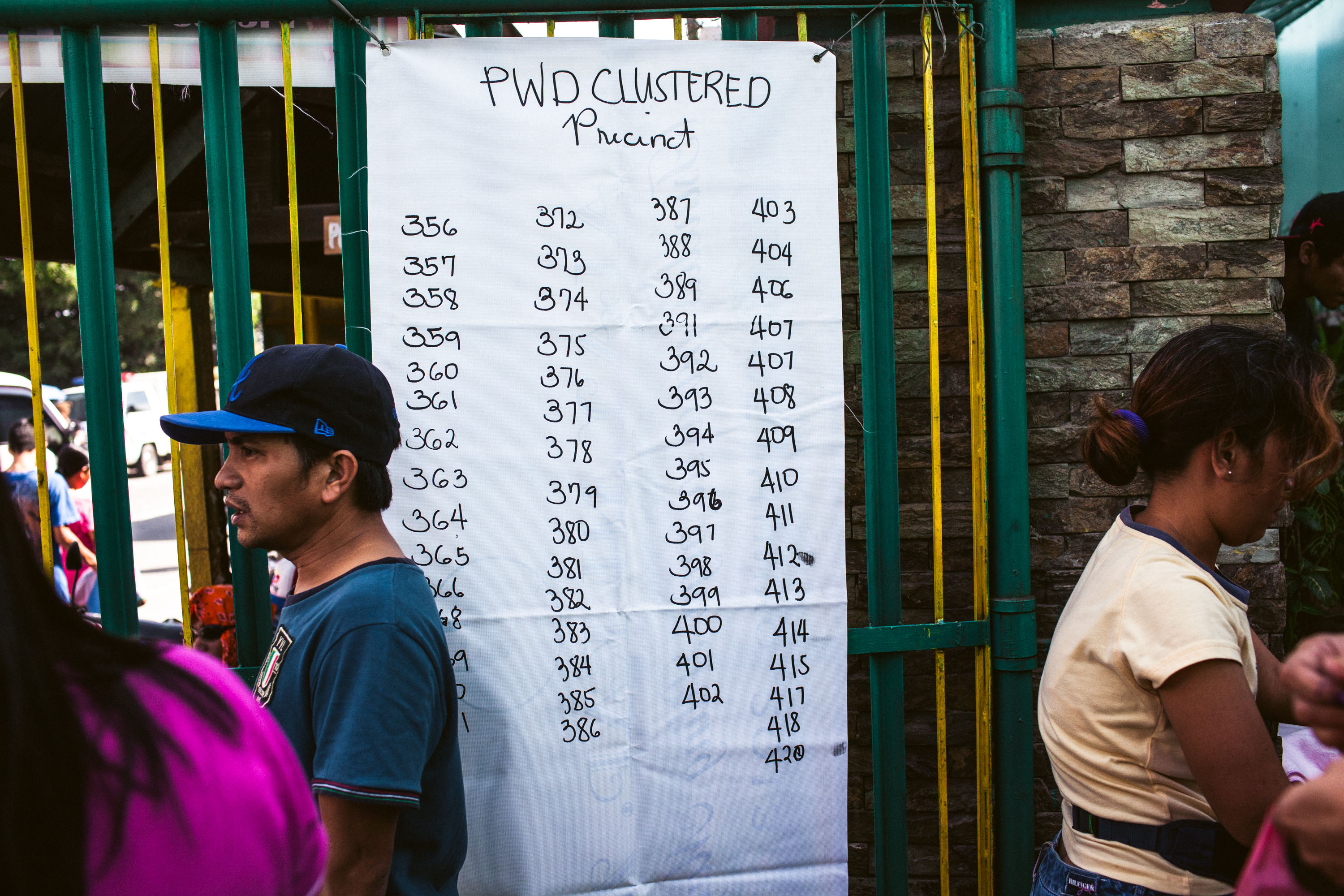IN less than two weeks, on Oct. 31, the Commission on Elections is ending voter registration.
Those who fail to register on or before the date won’t be able to vote next year.
For persons with disabilities (PWDs), participation in the May presidential elections will test whether government and civil society initiatives have indeed made the country’s electoral process more inclusive.
Yet, reports indicate that turnout of PWD registrants remains poor.
In June, a poll watchdog estimated that more than 100,000 PWDs of voting age have yet to register in the Autonomous Region in Muslim Mindanao (ARMM).
In July, a Metro Manila-wide mall registration initiative attracted only a few registrants with disabilities. Almost the same thing happened in Baguio City.
Poor information dissemination is frequently cited as a reason for the poor turnout.
PWDs who haven’t registered still have time to do so. Here are five important things they should know about.
1 Express lanes
Voter registration, especially for PWDs, is not difficult. They do not need to fall in line in Comelec offices, but are accommodated instead on express lanes specifically designated for them, for senior citizens and for pregnant women.
Local Comelec offices accept applications every regular working day, from 8 a.m. to 5 p.m., until Oct. 31, a Saturday.
Comelec has a list of requirements, including acceptable identification documents.
2 iRehistro
PWD registrants in Metro Manila and Baguio City may yet lessen their time spent at local Comelec offices by using the online iRehistro platform. They can fill out the registration form through the facility, and the information is then transferred to the local Comelec office.
By filling out the form online, registrants no longer need to manually fill out forms, and then wait for an officer to manually re-encode the information in the Comelec system.
PWD registrants from areas covered by iRehistro can also fill out the supplemental data form online, where they can indicate their disability and the type of assistance they would need on elections day.
Using iRehistro does not automatically make one a registered voter. Registrants still need to personally appear before a local Comelec office, or go to a satellite registration venue, for biometrics capture.
3 Mall registration
Satellite registration in selected malls nationwide is ongoing and will last until the last day of voter registration. The confirmed schedule and list of malls may be found here.
PWDs may find the mall setup a more convenient and comfortable option than going to a local Comelec office.
“In our mall registration observations, we are happy to note that Comelec’s election officers prioritized senior citizens and PWDs when they register,”said lawyer Rona Ann Caritos, Acting Executive Director of poll watchdog group LENTE.
4 Online precinct finder
Oct. 31 is important not only for first-time registrants, but also for those who have previously registered but are at risk of deactivation. The most common reason for this is failure to vote in two successive elections.
Previously registered voters who have not had their biometric data captured will also not be able to vote next year.
Comelec’s online precinct finder lets voters check their registration status. Reactivation and biometrics capture are done at the local Comelec office, or at satellite registration venues.
5 APPs
PWD voters may avail of accessible polling places (APPs) in 2016, and the Comelec encourages them to do so.
APPs are areas designated at the ground floor of the voting center, to cater to the requirements of voters with disabilities, particularly those using wheelchairs.
“PWDs need only manifest their desire to avail of such service before the election officer,”said Comelec spokesperson James Jimenez.



